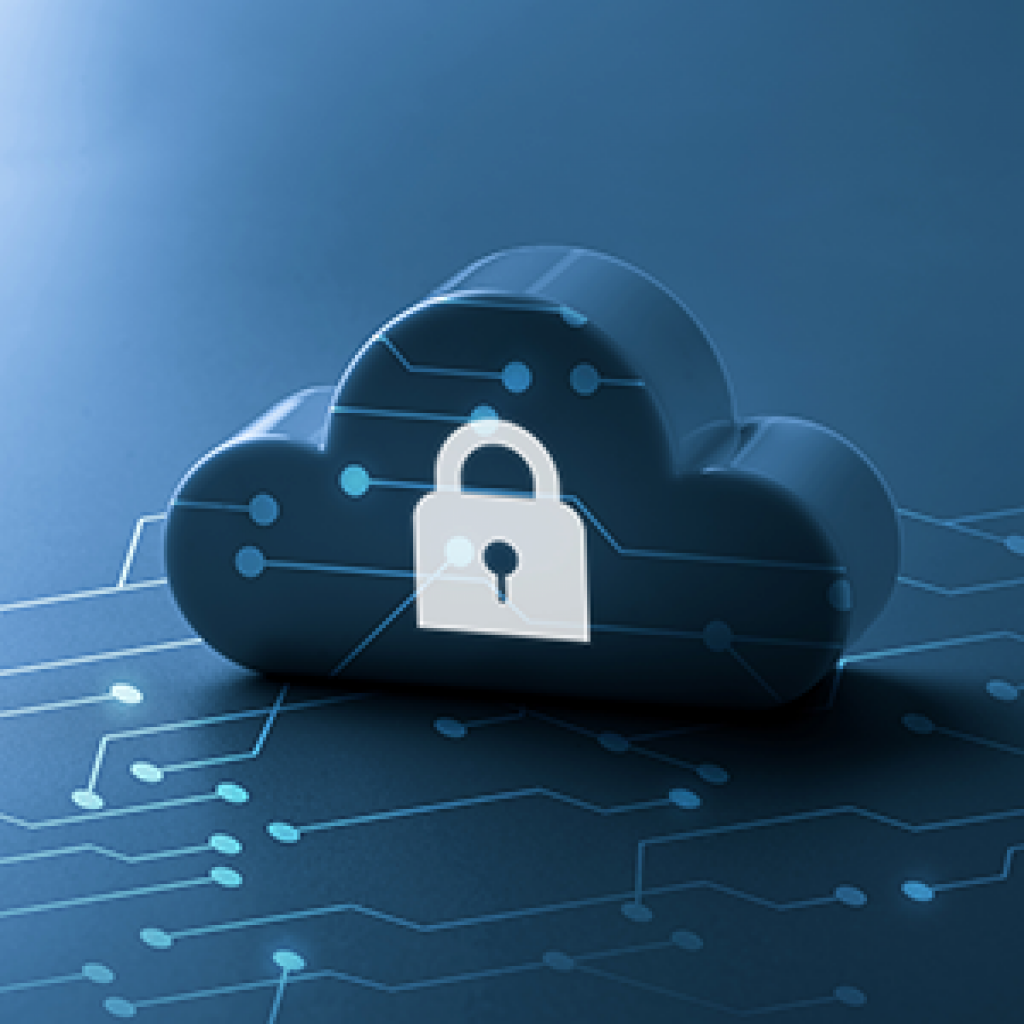
Once reliant on the limitations of physical hardware, businesses today have the ability to access and expand a virtual pool of cloud-based network services as needed. Before cloud computing services, business leaders would need to build their own data centers and servers to achieve the same level of operational capability, Now, as e-commerce continues to grow and digitalization becomes a competitive imperative, they can scale to the required level effectively overnight.
However, with companies transitioning their assets and storing their data on the cloud come new and possibly critical security risks. Data breaches, unauthorized access to company resources, privacy, and out-and-out information losses are all among the threats facing companies that use cloud computing today. Understanding how to safeguard your cloud computing network against these threats is vital to using the technologies effectively, avoiding reputational damage, and aligning yourself with regulatory standards.
In this article, we’ll examine the challenges inherent to cloud computing, and offer solutions that will allow you to use this technology to its fullest extent.
Building a Security Framework
Let’s start by addressing the elephant in the room: hackers. Cybercrime has been on the rise for years now and is projected to cost the world $15.63 trillion by 2029. For cybercriminals looking for a quick score, organizations that use cloud computing and store sensitive data on their network are at the top of the priority list. Without the proper security measures in place, a cybercriminal can easily get into your company systems and wreak all kinds of havoc, and you might not know about it until it’s too late.
Most leaders know that data breaches are a risk, but they might not know how to protect company data in an entirely new, 100% digital network environment. While common cybersecurity best practices like network patching and antivirus protection will help control physical access points, how do you protect access to a service that you don’t own and can’t fortify in a traditional manner?
Let’s dive briefly into cloud computing network protection best practices:
- Controlling access — Cloud computing solutions typically come with controls that allow you to control access to data on a granular level. Identity and access management tools assign permissions to users on an individual basis, allowing them to access select groups of sensitive information and rebuffing them when they attempt to access blocked-off data. Authentication measures like two-factor authentication and SSO/SAML authentication provide extra layers of protection.
- Encryption — Encryption is a last line of defense, but a vital one. Encrypting data at rest shuts down cyber criminals who manage to break into your systems, rendering your sensitive data utterly illegible to unauthorized users.
- Backups — In the event of a catastrophe, such as data corruption or data loss, backing up your data regularly will allow you to quickly recover. Performing regular backups is a vital insurance policy, as it will empower you to restore lost information on a dime and treat incidents that would wreck the unprepared as minor hiccups.
- Penetration and disaster recovery testing — Regularly testing network penetration and your disaster recovery readiness helps identify vulnerabilities and hiccups in your recovery process. With the information from these tests, you can then add additional controls to cover holes in your network security and streamline your recovery process to ensure smooth sailing.
You can also leverage newer technologies like AI and machine learning to provide extra layers of security. Machine learning algorithms can scan your network activity, identify anomalies, and report on them at near-lightning speed, unlocking a rapid response from your cybersecurity team. AI can also supplement authentication controls by contrasting user actions with a profile of historical behavior, flagging potentially risky actions, and shutting off access rapidly.
Managing Risk
Even with these measures in place, there’s still a degree of risk involved when using cloud computing. Risks that an employee will misuse their access, store data out of accordance with regulatory best practices, or accidentally open a window for cybercriminals to sneak in through. Managing these risks falls on you as the leader, creating an infrastructure that makes your employees aware of and accountable to best practices.
In the attempt to construct a mature risk management program, communication is key. Clearly outline the risk-management roles of employees at every level, banishing ambiguity and unlocking the ability to rapidly respond. You want employees to be aware of regulatory compliance concerns, vigilant in their watchfulness for anomalous behavior, and quick to act in accordance with your policies when a threat is detected.
As for those policies, you’ll want to set up a clear feedback loop for when a threat is detected. Employees should know how to report a threat and should be encouraged to do so as quickly as possible to allow for a rapid organizational response. Encouraging collaboration and active communication among team members as well as having more eyes on each data set will make it easier for your employees to correctly identify emergent threats.
With a comprehensive security infrastructure in place and processes that unlock efficient risk management, your cloud computing network will be as insulated as possible from the efforts of malicious actors.
